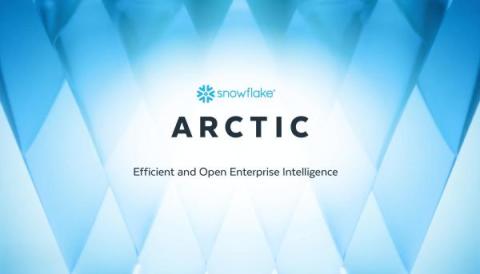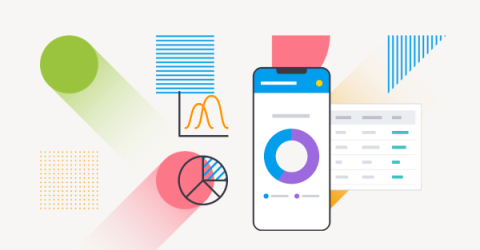How the EU's Digital Operations Resilience Act (DORA) Aims To Strengthen Operational Resilience in Financial Services
As the cybersecurity threat landscape continues to evolve globally, organizations operating in the financial sector are seeing regulations shift to address the associated risks, and none may prove more impactful than the European Union’s (EU) Digital Operational Resilience Act (DORA). This regulation aims to strengthen the operational resilience of financial entities (FEs), and their third-party information and communication technology (ICT) providers.








